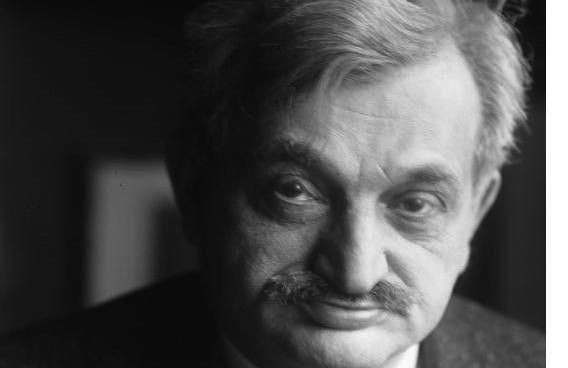
Lasker's Queen's Gambit Declined
The second world champion, Emanuel Lasker, is a difficult one to include in this series, but it must be done. There is hardly any opening to which he is closely attached. He played a wide variety of solid, "common-sense" openings, which were frequently seen in those days, and tended to put the emphasis on the middlegame.
Basically, Lasker was hardly an opening innovator. Nevertheless, there are a few variations which he introduced.
Central among these was a solid defense to the extremely popular Queen's Gambit. In the early 20th century, most of the top players had thoroughly abandoned the romantic and aggressive chess of the mid-19th century, instead preferring "scientific" chess, especially with 1.d4.
The Queen's Gambit Declined dominated as the opening of the elite. In some ways, it can be said that these years were a bit of a creative drought for chess, although the middlegames were fascinating as ever.

With much of the chess world believing that the Queen's Gambit was the best opening -- and the declination of the gambit the best response for Black -- it was very important to find a way to solve Black's problems in this opening. Central among those was how to neutralize White's space advantage and what to do about the queen's bishop.
Various methods of continuing Black's development and breaking out in the center had been used, both before and after Lasker introduced his defensive idea. Ultimately, masters were aware that ...c5 had to be played eventually, but should not be hurried. Cramped positions had to be opened slowly. Thus, ...b6 intending ...Bb7 followed by ...dxc4 and later ... c5 (the Tartakower Defense) is one idea. ...Nbd7 and ...a6, planning ...dxc4, ...b5, ...Bb7, and ...c5 was another.
Both of these ideas could be met by cxd5 (Harry Pillsbury played a lot of games like this), and the latter could also be met by c4-c5. Another method, introduced by Jose Raul Capablanca later, was to play ...c6, ...Nbd7, and later ...dxc4 followed by ...Nd5, attempting to free the position by exchanging the dark-squared bishops and a pair of knights. Black could then follow up with ...b6, ...Bb7, and finally ...c5.
Lasker had the same thought -- to trade a pair of knights and the dark-squared bishops -- but did it by a different method. His contribution was the idea of ...Ne4.
He was not concerned about White's capture Nxe4. The following ...dxe4 would double the black pawns, but also impede the development of White's king knight (or attack that knight). Black could then follow up by ...c7-c5 and thoroughly free his position.

While Lasker is generally considered the author of the ...Ne4 concept, he played it a few moves before what is now known as the "Lasker Variation." His first games using this idea were against Frank Marshall from their 1907 world championship match. In those games he played ...Ne4 as early as move five, before White developed the Ng1 and without the inclusion of ...h6 and Bh4. Only later, in the Moscow 1935 tournament, did he use what is now formally known as the Lasker Variation.
In his 1907 match, he showed how (seemingly) effortlessly he was able to outplay a world-class opponent once he reached a satisfactory position. With subtle and beautiful play, Lasker convinced Marshall to overstep the bounds. However, due to some mistakes, the end of the game was more exciting than it should have been.
After many years of retirement from competitive chess, Lasker lost his savings due to the rise of the Nazis in Germany and thus began playing tournaments again to earn money as an old man in the mid-1930s. Here we see him playing the trademark variation against Gregory Levenfish in the Moscow 1935 tournament.
Among world champions, Emanuel Lasker was not known as an innovator. He generally preferred to stick with accepted theory unless he felt it contravened common sense. However, some openings are associated with his name.
Thus we have looked at his most famous: the defense to the Queen's Gambit. He also introduced an important "common sense" defense to the Evans Gambit, and has sometimes been connected to what is now known as the Sveshnikov Sicilian.
Next week we will move on to Lasker's vanquisher, Jose Raul Capablanca.






